Piggyback Mortgage
A piggyback loan allows homebuyers who do not have the usual 20% down payment when applying for a mortgage. This is done by taking out two loans; one to cover 80% of the home’s value, and the other to cover the remaining cash due to make-up the 20% downpayment.
The most common type of piggyback loan is an 80/10/10. This is where a mortgage for 80% of the home’s purchase price is taken out, the homebuyer pays 10% of the down payment outright, and a second trust loan of the remaining 10% of the down payment is taken out at a higher interest rate. Some buyers may even qualify for as little as 5% down which is known as a 80/15/5.
This type of loan helps buyers avoid paying a personal mortgage insurance (PMI). By combining the second loan with their down payment, a buyer is able to fund the required 20% down payment needed for conventional loans and lower interest rates. Usually, if a full down payment cannot be made, the buyer must buy PMI, which guarantees payment if the buyer was to default on their loan. The PMI materializes as either a yearly payment or an addition to monthly loan payments. A piggyback loan is a great option to avoid these extra charges.
Piggyback loans usually result in a buyer having to make two monthly payments, one for the mortgage and one for the piggyback loan. There will usually be a higher interest rate for the piggyback loan, however the two payments are often still less than having to pay for PMI. Sometimes, the interest on a piggyback loan can be tax deductible, which could save even more money. Check with your tax advisor to see if this is an option available to you.


